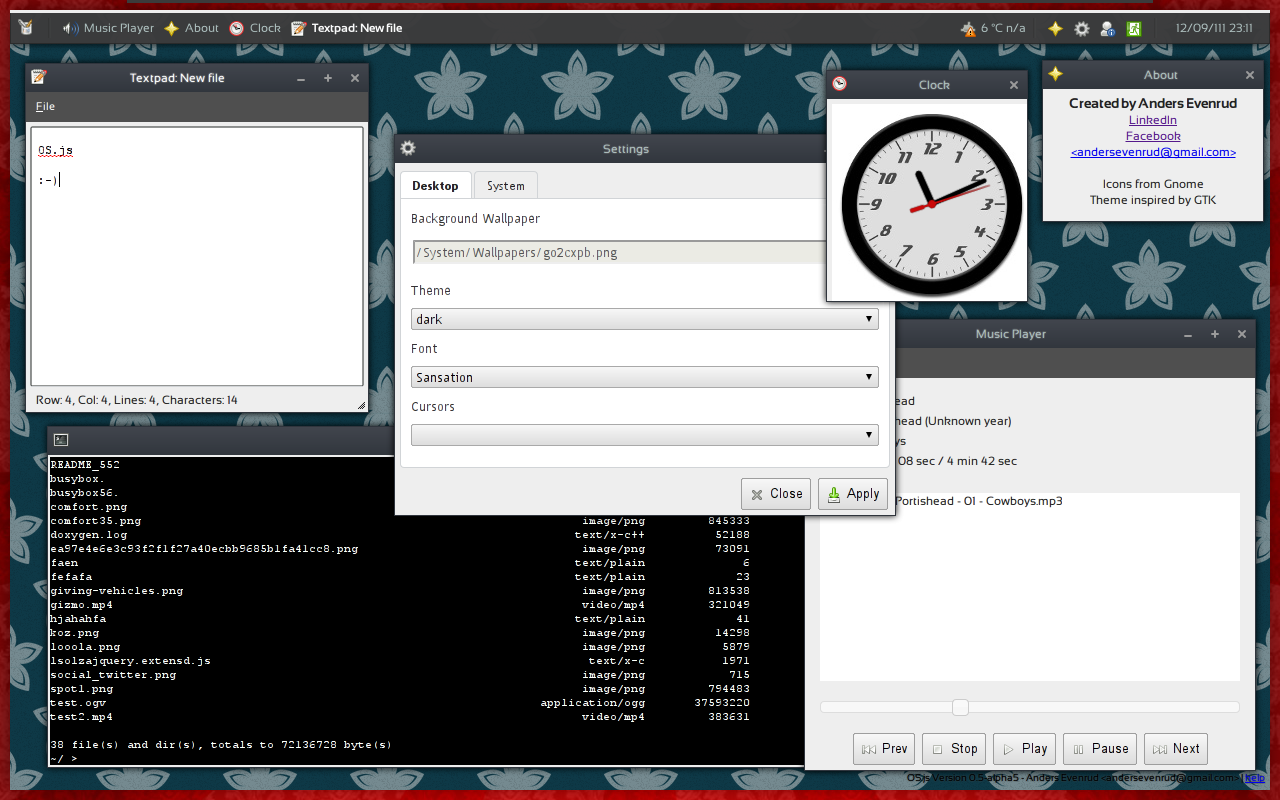After dealing with Anonymous HBGary Federals CEO resigns The game is over for Aaron Barr. HBGary Federal’s CEO, who was targeted by
Anonymous, announced his resignation on Monday during an interview with Kaspersky's news portal, Threatpost. Barr said he would step down to focus on his family and rebuild his reputation.
Aaron Barr has rarely given interviews to the media since the events that led to Anonymous using him, his company HBGary Federal, and its parent firm HBGary, as an object lesson over a story he gave to the Financial Times. So his interview with Threatpost was both expected, given his announcement, and random, considering his silence.
“I need to focus on taking care of my family and rebuilding my reputation," Barr said during his conversation with Threatpost.
"It’s been a challenge to do that and run a company. And, given that I’ve been the focus of much of bad press, I hope that, by leaving, HBGary and HBGary Federal can get away from some of that. I’m confident they’ll be able to weather this storm.”
The storm started when Barr told the Financial Times on February 5, that he had used clues found online to discover the identities of key Anonymous associates.
He said was able to make these connections by using services such as LinkedIn, Classmates.com, and Facebook, as well as IRC itself. The data he collected was to be used for a presentation during B-Sides San Francisco.
The reaction from Anonymous to the story Barr told was swift and brutal. They compromised HBGary and HBGary Federal, leveraging Web vulnerabilities, as well as privilege elevation exploits, to hijack everything from Twitter and LinkedIn accounts to the company email. The hijacked email is what caused Barr the majority of his problems.
While reading the company communications, Anonymous discovered that Barr was shopping his research to various federal agencies, as well as bragging to co-workers that he had infiltrated the loosely associative group.
Given Barr’s claims, Anonymous released the hijacked emails, holding only Greg Hoglund’s emails in reserve. Some time later, Anonymous released those emails as well. To coincide with the final HBGary leak, they developed a website that contains more than 70,000 HBGary emails in a searchable listing, dubbed AnonLeaks.
The leaked communications provided an interesting look into a security company that deals with both the private and the government sectors at the same time. It was from these emails, as well as a tip from Crowdleaks.org, that The Tech Herald was able to break the story of Barr’s role in a plot with two other data intelligence firms to target WikiLeaks and journalist Glenn Greenwald.
Days after that story broke, ThinkProgress reported on another discovery from the leaked HBGary and HBGary Federal email cache.
According to them, Barr and the same data intelligence firms also developed plans for the U.S. Chamber of Commerce, which would allow them to “undermine their political opponents, including ThinkProgress, with a surreptitious sabotage campaign.” To make matters worse, the plans included families and children.












